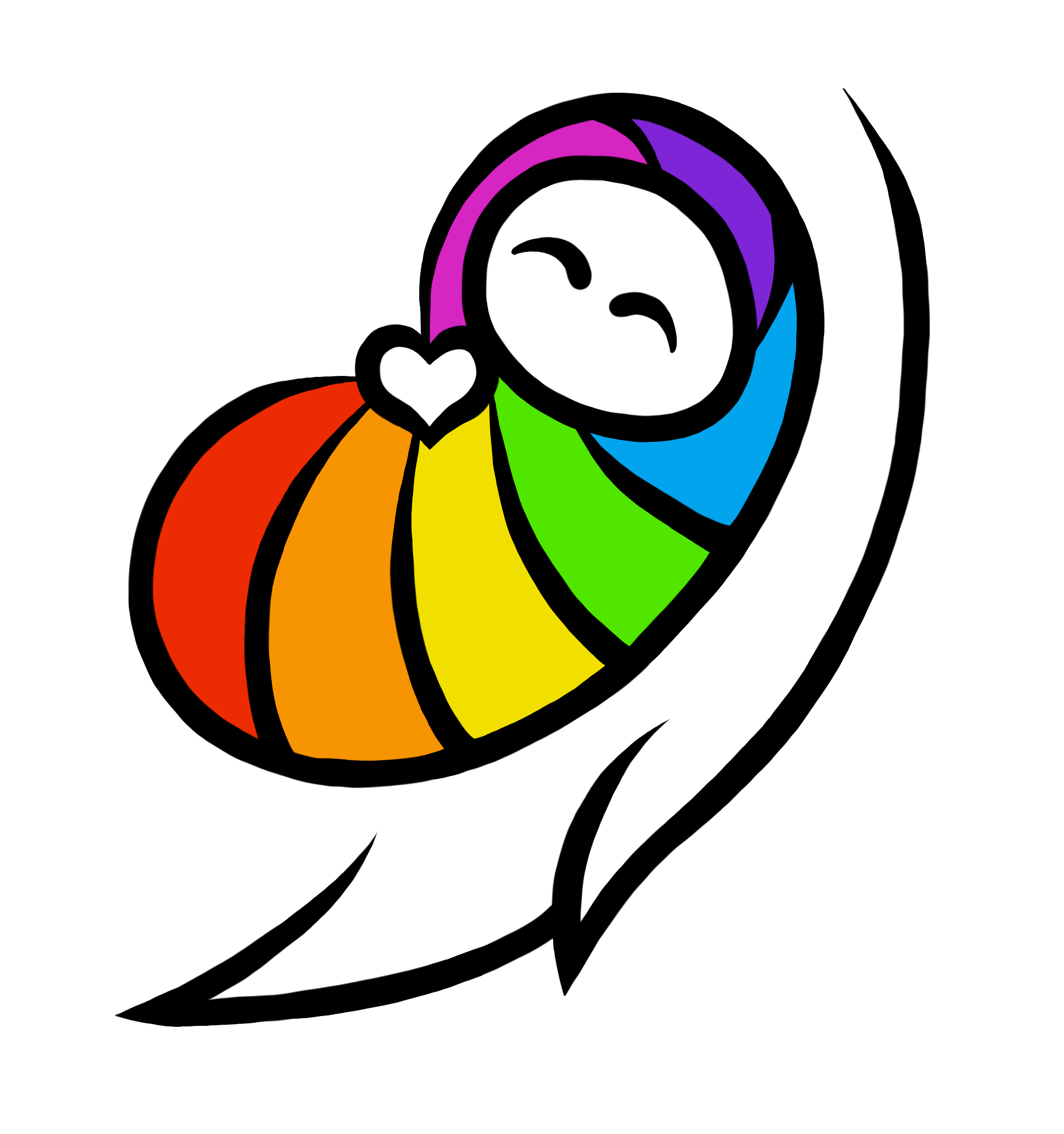While your baby was in your uterus, the umbilical cord was their lifeline. Once they are born, it is no longer needed, and most people will cut the cord in the minutes or hours after birth.
Before the cord is cut, the end will be clamped either with a plastic cord clamp or with a muka tie. Sterilised scissors are used to cut the cord to reduce the chances of infection – they are not sterile, because they have usually been touched by people not wearing sterile gloves in the process of cutting the cord, but the sterilising procedure removes all pre-existing bacteria from the scissors to minimise risk.
Once the cord is cut, your baby will have a short stump of umbilical cord (pito) still attached to their belly button with a clamp or muka tie in place. This will start out as a blue-white colour and will dry out, going through yellow, brown, and eventually black. If you have a plastic clamp on baby’s pito, it can usually be removed once the cord is fully dried out.
The pito will usually take seven to ten days to separate from your baby’s belly button, although it may take less time with a muka tie. During this time, and for the few days after the cord separates, it is important to not put anything on the base of the cord or the newly separated belly button without advice from a doctor – no creams, antiseptics, alcohol, lotions or oils especially. If baby manages to get urine or faeces on the drying cord or in their belly button, you can clean it with warm water and a little gentle soap if needed. Make sure you wash your hands before touching your baby’s pito or healing belly button.
It helps to fold down the top of the nappy so the belly button is not covered, and to have the pito outside the nappy. This helps keep the area dry and prevent infection. If you choose to bathe your baby before the pito separates, make sure you dry the area gently and thoroughly to aid healing.
Never try and pull the pito off, even if it looks like it’s about to come off. It will fall off on its own, and pulling it off can hurt baby.
The drying pito can be a bit smelly – this is normal. However, if your baby’s belly button becomes very smelly, has an offensive (smelly/sticky) discharge, has a hot red area on the skin surrounding the belly button, or baby gets a temperature or seems unwell, please contact your midwife immediately, as these can be signs of infection.
